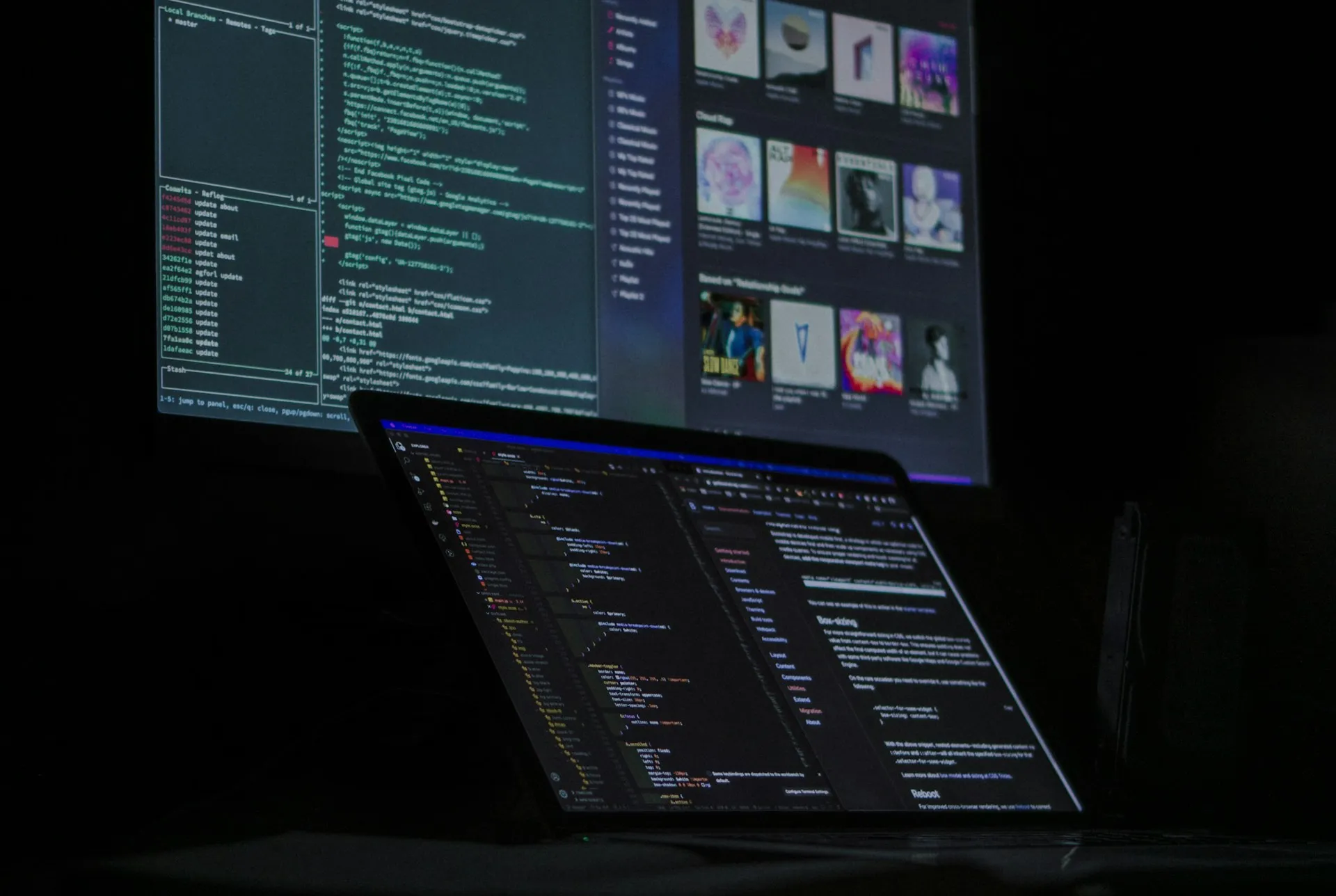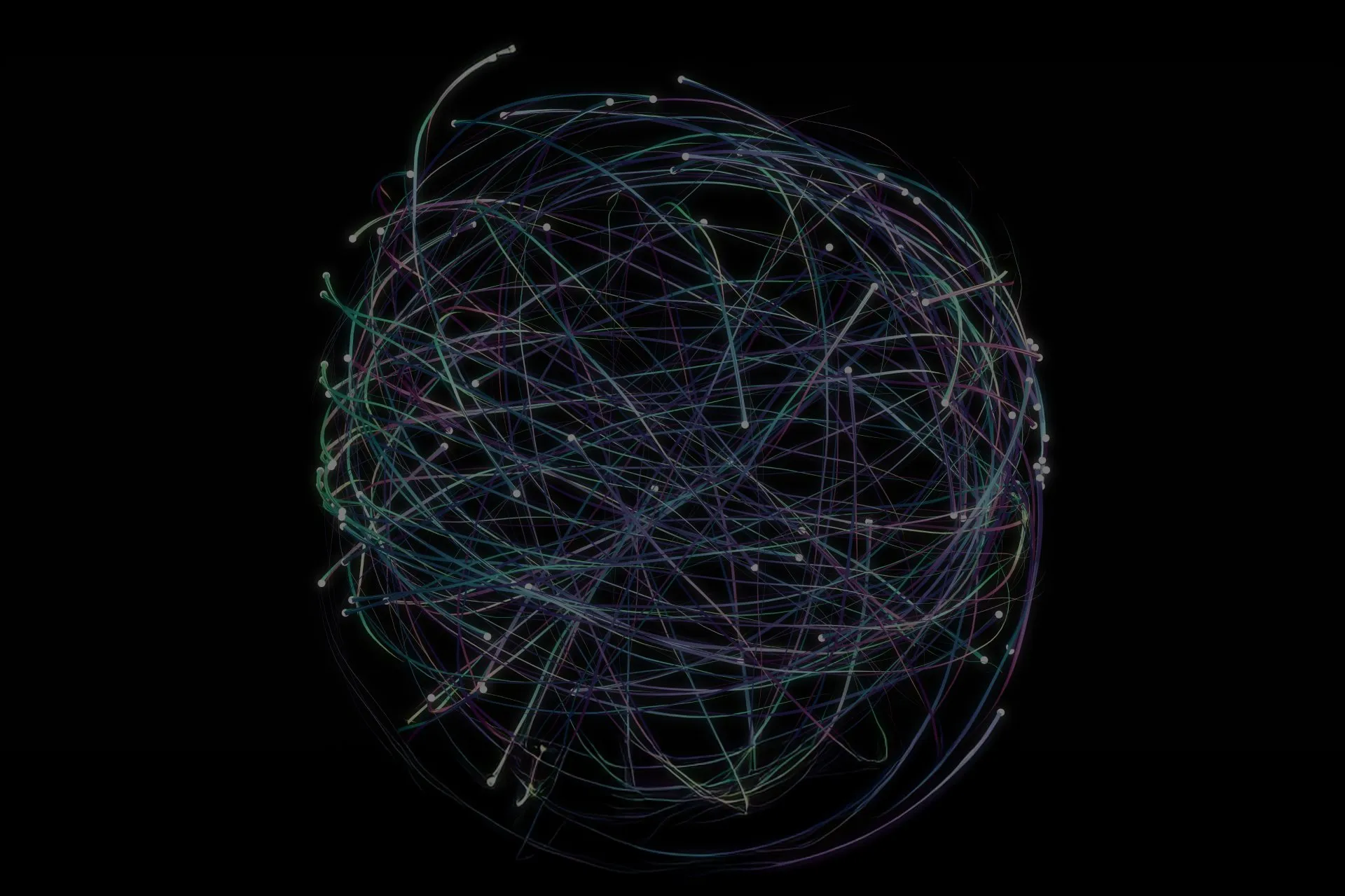
Big Advances in the Tech World: March Updates
March pulsed with big advances in the tech world, from the tech giants pushing the boundaries of AI limits to robots redefining possibilities. Google, OpenAI, NVIDIA, and Microsoft released cutting-edge capabilities, while Apple rumors and Waze upgrades fueled the excitement. Join us as we discover breakthroughs shaping our reality this month.
Google Unveils Gemini 2.5
AI does not stand in one place; it is constantly improving, and the concurrency in this industry is very high. The Gemini chatbot is one example. Recently, Google launched the experimental Gemini 2.5 Pro version of their “most intelligent AI model,” available for an advanced subscription plan. Announced on Google’s blog, this improvement greatly improves AI thinking, exceeding rivals on Humanity’s Last Exam, the harshest AI benchmark, with a score of 18.8% — above ChatGPT’s o3-mini (14%) and DeepSeek R1 (8.6%). The approach addresses challenging tasks and supports smarter, context-aware agents by combining a better basis with enhanced post-training.
OpenAI Reveals Advanced Speech AI Models for More Natural Voice Interactions
OpenAI has launched new speech-to-text and text-to-speech models in its API, improving accuracy, customization, and intelligence in voice-based AI systems. Setting a new standard in voice recognition, the GPT-4o-transcribe and GPT-4o-mini-transcribe models thrive in demanding settings like accents, background noise, and variable speech rates. These advances make them perfect for automated assistants, meeting transcription, and customer service. OpenAI also unveiled GPT-4o-mini-tts, which lets creators create AI voices with certain styles, such as sympathetic customer service or captivating narratives.
NVIDIA Reveals GR00T N1: First Open Humanoid Robot Foundation Model
The world’s first open, completely modifiable humanoid robot foundation model, Isaac GR00T N1, was released by NVIDIA to accelerate the development of AI-driven robotics. Along with GR00T N1, NVIDIA debuted synthetic data-generation tools and new simulation models, including Newton, an open-source physics engine created in collaboration with Disney Research and Google DeepMind. Combining quick reactive responses with purposeful thinking, GR00T N1 has a dual-system AI design that lets humanoid robots generalize over complicated tasks. Large synthetic and real-world data pre-training helps it to quickly adapt to consumer, industrial, and logistical applications. NVIDIA is publishing GR00T N1 datasets and new data-generation tools to help developers worldwide create intelligent, flexible humanoid robots, thereby advancing AI-driven robotics.
Microsoft Announces Copilot’s “Deep Reasoning” AI for Research and Data Analysis
Microsoft has released Researcher and Analyst, two deep reasoning AI agents for Microsoft 365 Copilot, which are intended to improve research and data analysis. Driven by OpenAI’s deep research paradigm, researchers do intricate multi-step studies and link with other data sources such as Salesforce and ServiceNow. Based on OpenAI’s o3-mini reasoning model, analysts may execute Python scripts, make comprehensive reports, generate spreadsheets, and examine raw data. April will see these AI technologies start to be available for Microsoft 365 Copilot subscribers. Microsoft is also introducing new autonomous agent capabilities in Copilot Studio, hence facilitating sophisticated AI-driven automated processes.
iPhone 17 Early Leaks and Expected Release Timeline
Though it’s not slated to ship until September 2025, leaks and speculations regarding the iPhone 17 are already spreading, even though the iPhone 16 has only recently been unveiled. Improvements in cameras, a new button, better displays, and a new model are among the expected traits. Though definite release date speculations are rare, Apple’s consistent calendar points to an announcement in early September 2025, most likely between September 8 and 12, with pre-orders beginning the Friday after September 8 and shipping a week later, maybe September 19. As more information becomes available, more details will be added.
OpenAI Provides Native Image Generation in ChatGPT 4o
OpenAI made native image generation available to all users of the ChatGPT 4o model (with additional access for Pro and Plus members). This upgrade improves prompt comprehension, text clarity, creative style flexibility, and images created by AI. Improved text rendering and special effects enable faster and more complex picture creation. During the live demonstration, the OpenAI team displayed multiple abilities: creative recreations, context-aware visual requests, and turning selfies into anime-style graphics.
Elon Musk’s AI Chatbot Grok Expands to Telegram
Grok, Elon Musk’s AI chatbot, has made its first significant foray outside of the X (previously Twitter) platform by being accessible on Telegram. Now, Googling “GrokAI” will let Telegram Premium members access the chatbot. Advanced tools like Think and DeepSearch, however, remain only available on X and the independent Grok app. With Telegram hitting 1 billion monthly active users, this release corresponds with the third-largest messaging network behind WhatsApp and WeChat. Grok’s growth is consistent with a larger trend in the AI sector, where chatbots are increasingly being integrated into popular messaging applications.
Waze Drops Google Assistant on iPhone Following One Year of Problems
Officially eliminating Google Assistant on iPhones, Waze claims ongoing interoperability issues. This feature has been broken for more than a year. However, Waze decided to stop supporting it instead of fixing it. Google’s Gemini AI may help the company offer a better voice interface option. Google Assistant will continue to work on Waze for Android, but its future is still unknown since Google is moving consumers to Gemini. Waze has started testing conversational reporting with Gemini for hands-free incident reporting.
Conclusion
As we approach April, anticipate even more disruptive announcements, greater AI integration into work and communication, and the continuous advancement of humanoid robots. Stay tuned for the next wave of innovation!


